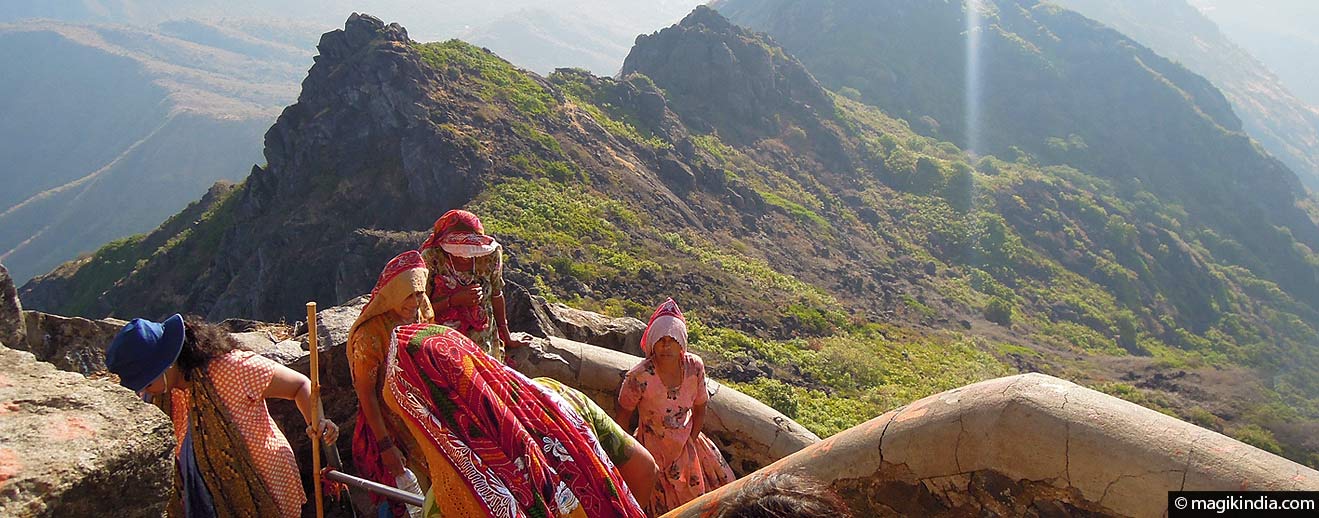
Mount Girnar, the sacred mountain of Gujarat
![]() Mount Girnar is an undisputed must-see while you’re in Gujarat. Climbing the 9999 steps to its summit leaves an imperishable memory. The atmosphere is serene and friendly and the views are breathtaking.
Mount Girnar is an undisputed must-see while you’re in Gujarat. Climbing the 9999 steps to its summit leaves an imperishable memory. The atmosphere is serene and friendly and the views are breathtaking.
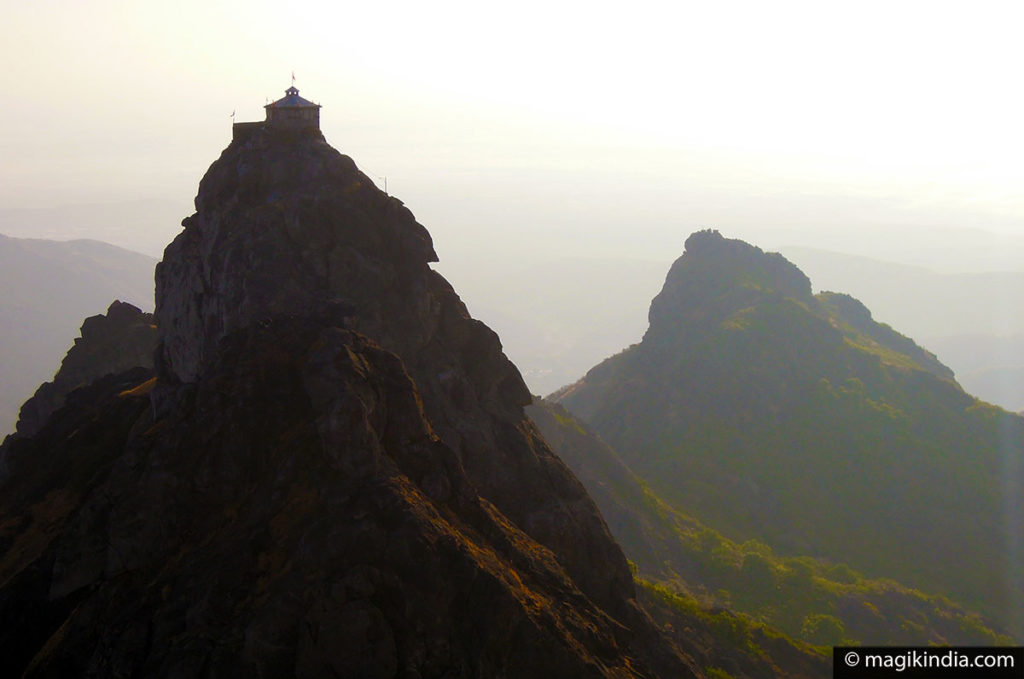
Mount Girnar (Mount Neminath for the Jains) is in fact a cluster of hills and peaks about 4km from the town of Junagadh. Its summit, at 1118m, is the highest point in Gujarat.
Girnar is an important place of pilgrimage for Hindus and Jains alike, with temples of both religions.There are hermitages and ashrams dotted all around the hill.

A Pradakshina or circumambulation of the hill is held annually; it is considered a very holy ritual, like those at Mount Govardhan near Mathura and Arunachala in Tamil Nadu.
Bavnath temple at the foot of the hill is very old, and is famous for its Mahashivaratri festival when hundreds of naked Naga Sadhus gather.
The pilgrimage of the Mount Girnar
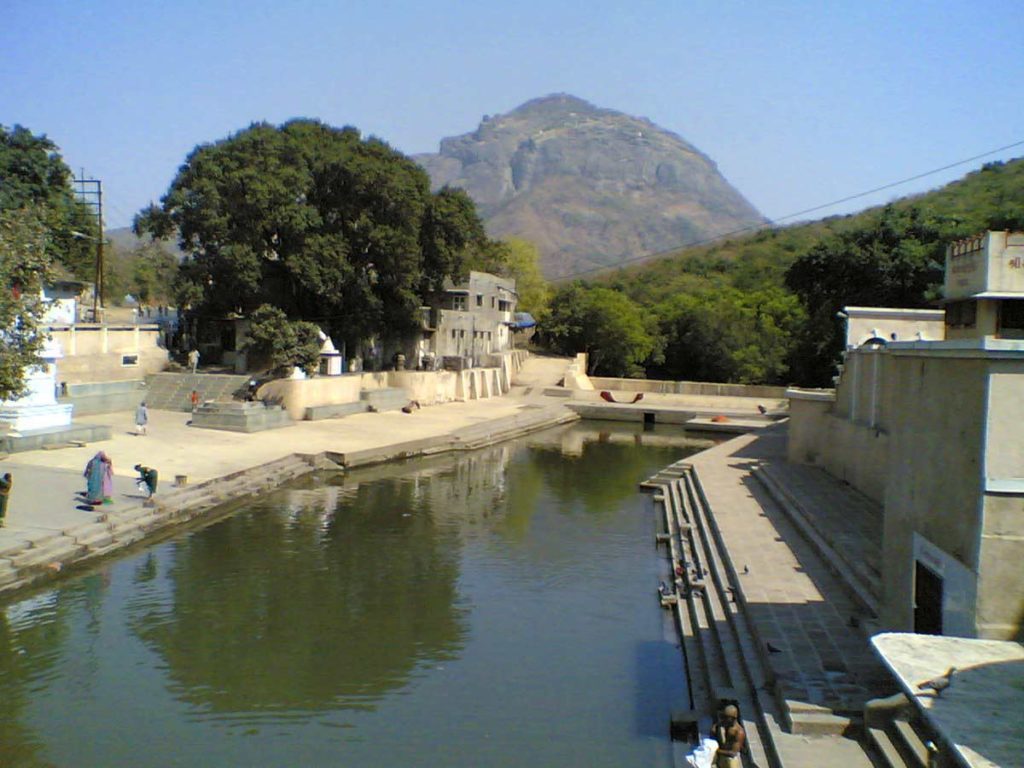
The ascent starts at the Damodar Kund at Damodar temple (a kund is a bathing tank). It is best to start early, around 5am, to avoid the scorching afternoon heat.
Along the way you walk past the Bhavnath temple to Shiva, famous for its Mahashivaratri festival (see below).
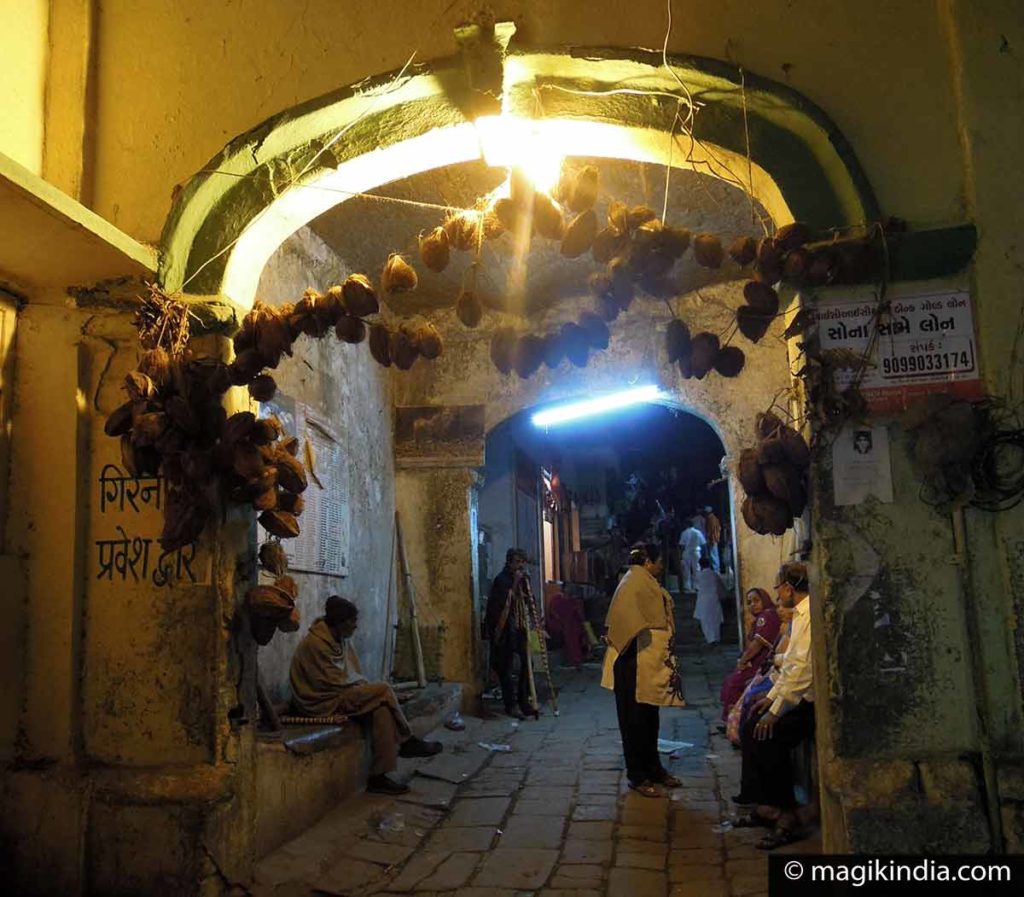
The steps begin after you have passed a porch and several small temples. You are walking by the light of your torch when the first glow of dawn appears and reveals the undulating outline of the hills. You climb. And you climb. 1000, 2000, 3000 … 4000 steps.
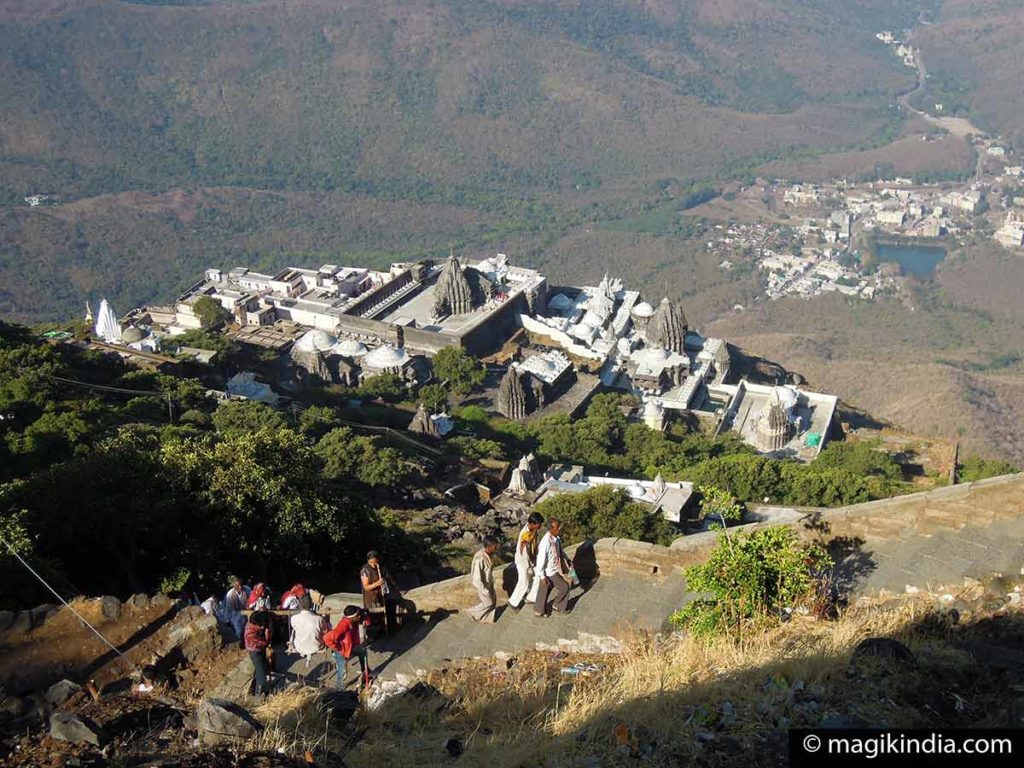
At the 4000th step you reach a plateau with a number of very lovely 12th-16th-century Jain temples. The most famous is the 12th-century Neminath Temple. It is said that the 22nd Tirthankar (Jain saint) attained Moksha (freedom the cycle of death and rebirth) there after 700 years of meditation.
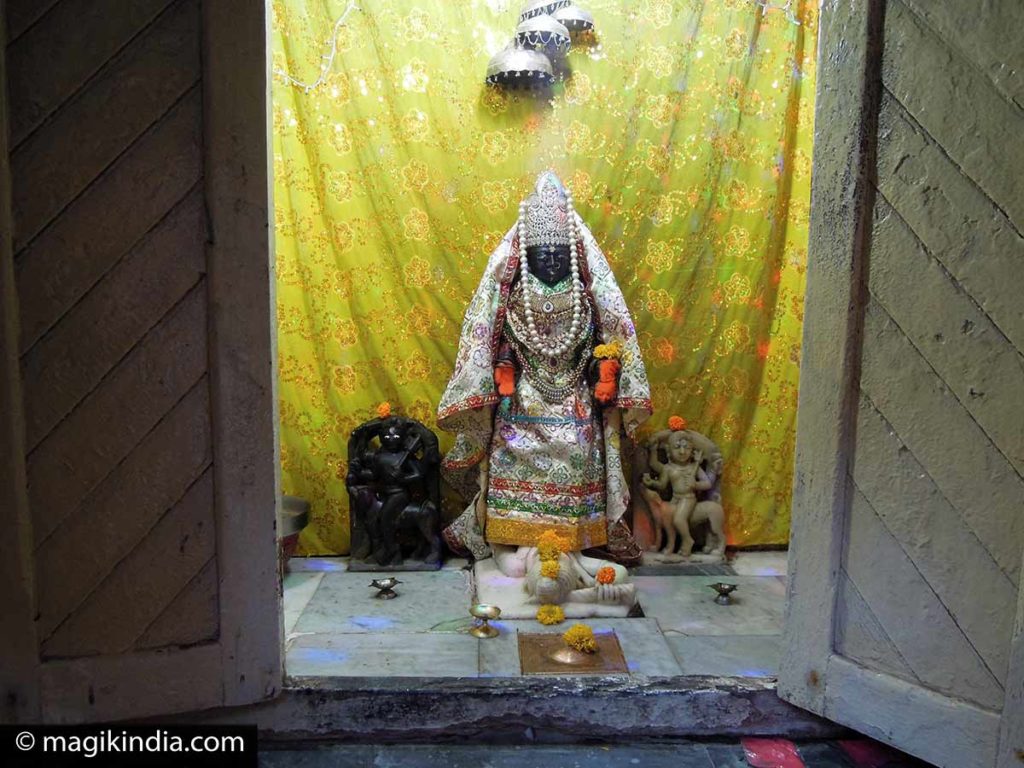
At the 6000th step, you see the Amba Mata Hindu temple. In fact both Hindus and Jains visit this temple, and newly-weds come here to have their union blessed.
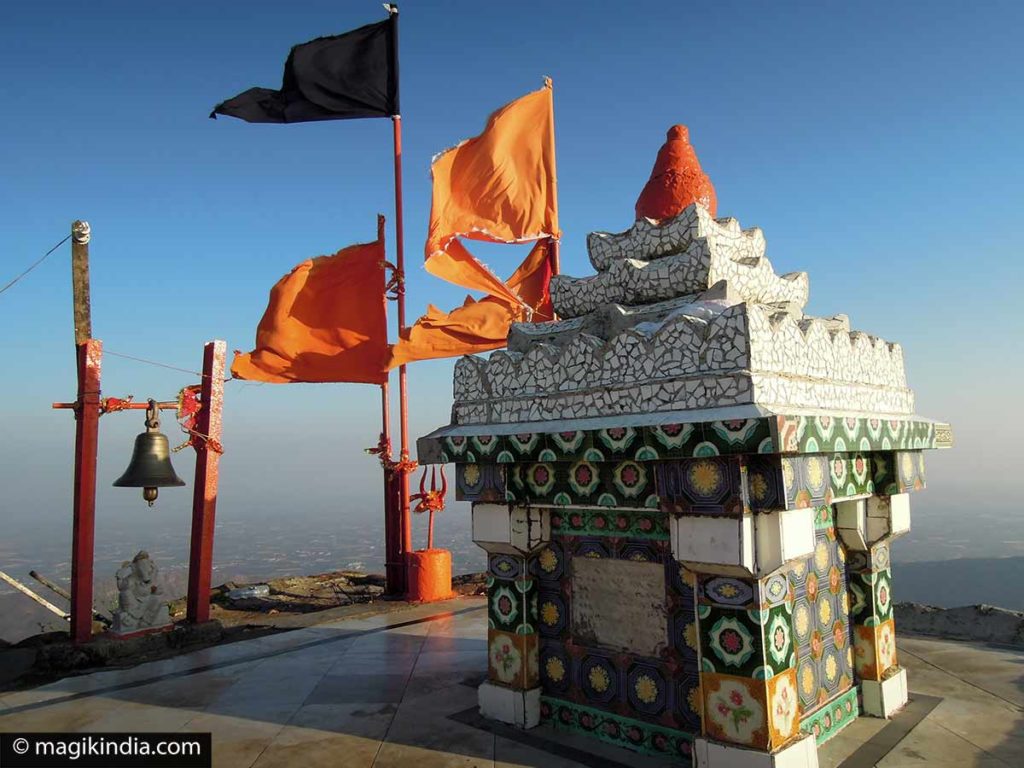
Another 2000 steps take you to the highest peak, Gorakhnath. It is said that the footprints of the saint Gorakhnathji are imprinted here. Here you recover your breath and gaze in admiration at the panoramic view. With your legs beginning to show signs of fatigue, you still have to go down 1000 steps and, worst of all, up the final 999.
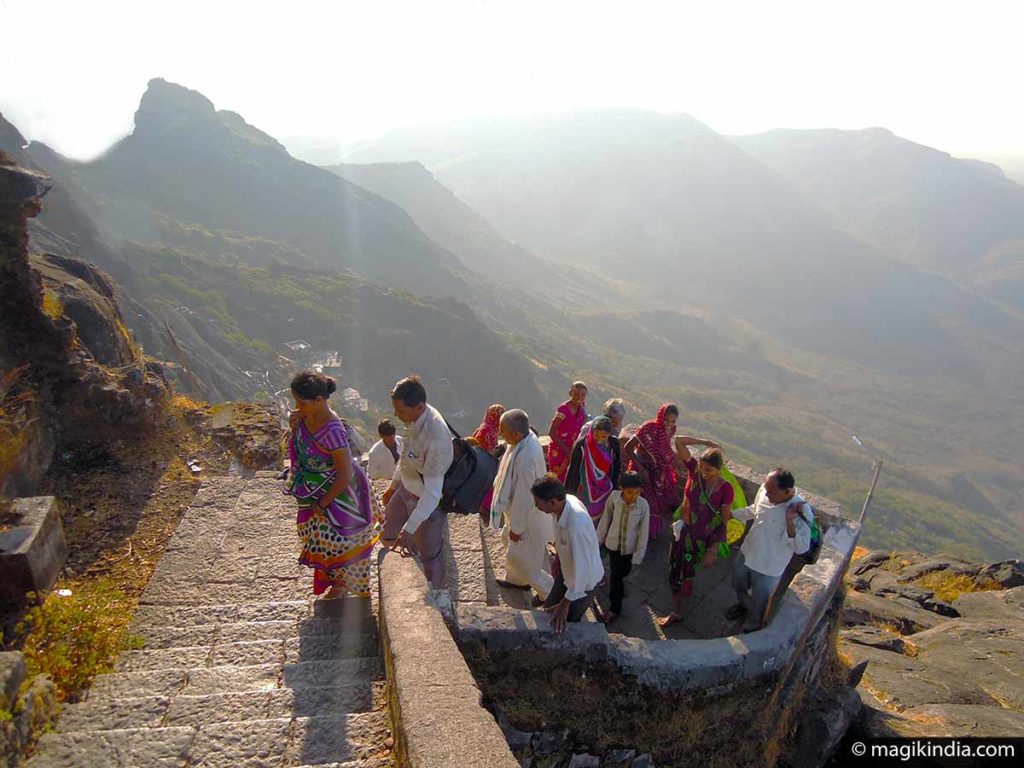
After three hours of effort you reach your destination at last. There, perched on the Dattatraya peak, you find a small temple with the padukas (sacred sandals) of Dattatraya, considered to be an avatar (incarnation) of the three Hindu gods Brahma, Vishnu, and Shiva, collectively known as Trimurti.
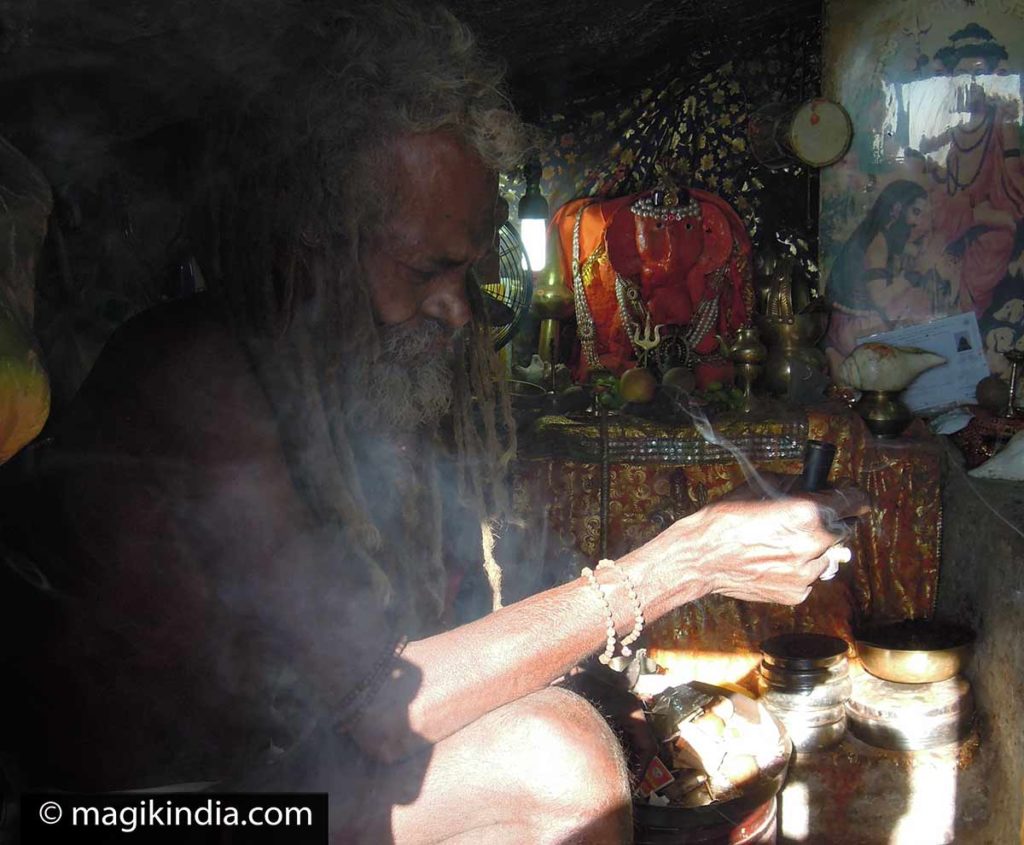
A quick darshan of the temple (darshan: beholding of a saint or holy object) and then it’s off back the way you came.
Expect to take at least six hours to complete this pilgrimage.
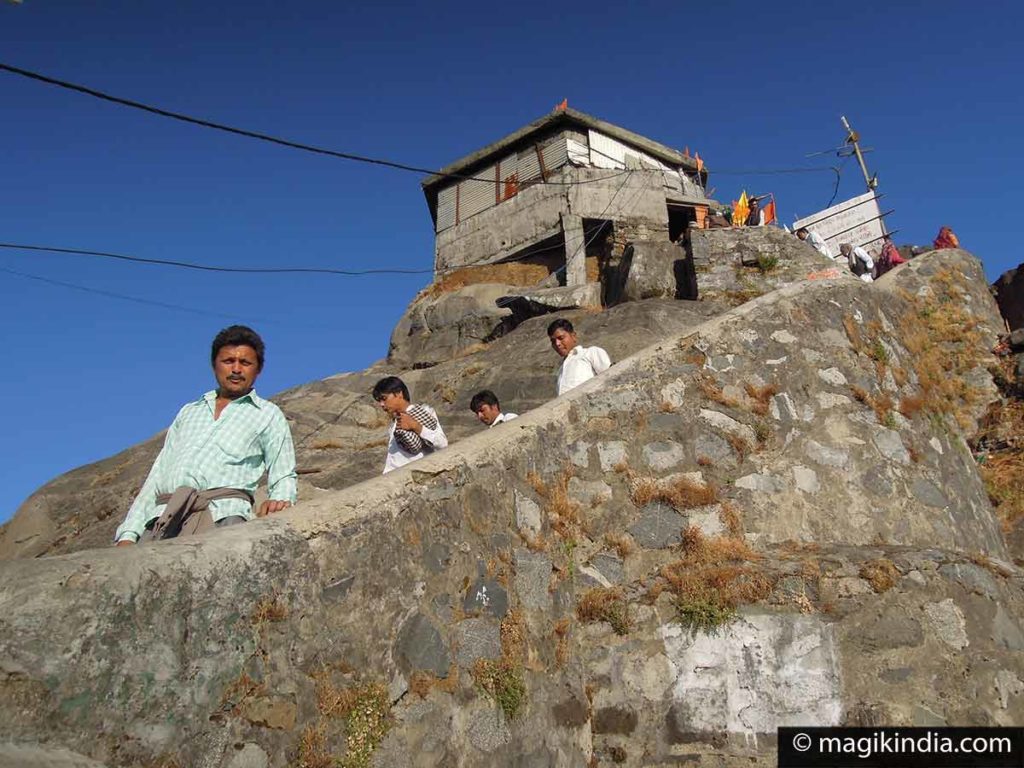
[ Watch my Girnar Pilgrimage! 🙂 ]
Mahashivaratri Bhavnath Mela
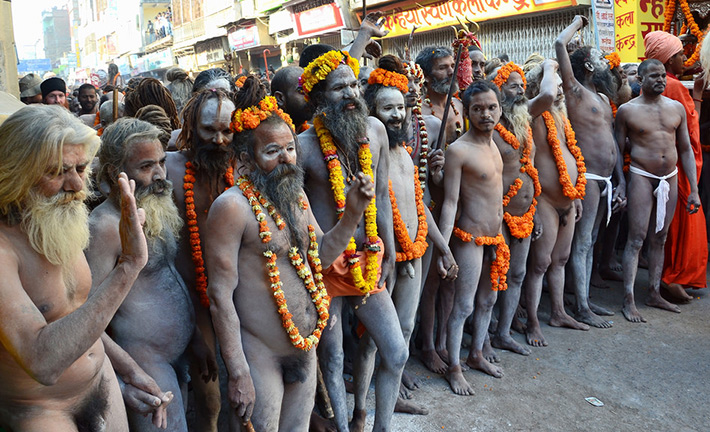
Each year in February and March, the day before the new moon in the lunar month of Magha, ‘Mahashivaratri’ or the Great Night dedicated to Shiva is celebrated in Bhavnath temple. No fewer than a million pilgrims gather for the event.
The Naga Sadhus (naked ascetics) come down from the Himalayas in vast numbers to attend the ceremony. There is a five-day fair during which you can hear many accomplished musicians play.

But the main attraction is the midnight Naga Bawa procession with hundreds of naked sadhus and sadhvis (women sadhus) taking part. The procession ends with a sacred bath in the Mrigi Kund, the bathing tank at Bhavnath temple, and a Maha Puja (great ceremony) at the temple’s Shiva Lingam.
Girnar Parikrama or Lili Parikrama
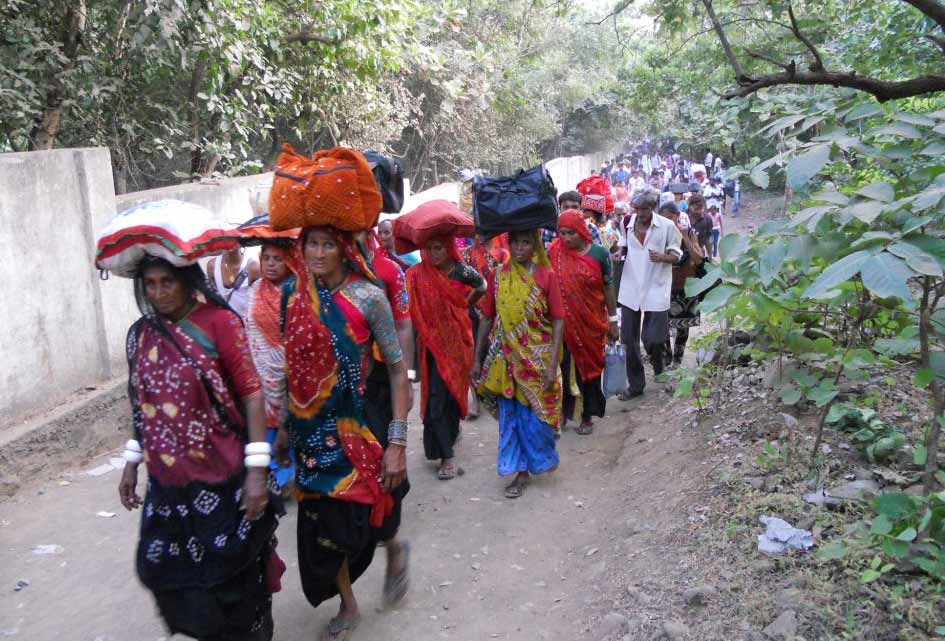
Parikrama, or Pradakshina, means “circling” or “circumambulation” in Sanskrit. Each year pilgrims set off to walk round Mount Girnar.
This 36km walk is considered deeply sacred. It is compared with the Parikrama at Govardhan, Krishna’s mountain near Mathura, and the one at Arunachala in Tamil Nadu.
The walk starts from Girnar Parikrama Gate in Rupayatan and ends at Bhavnath temple. Pilgrims take about three days to walk round, stopping overnight at villages along the way.
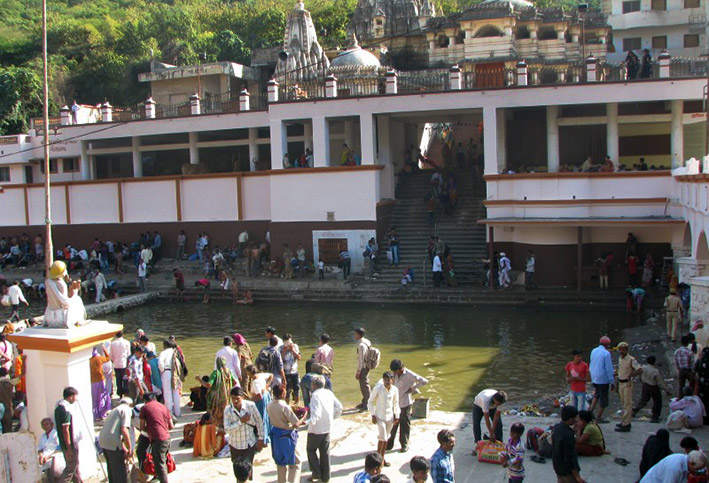

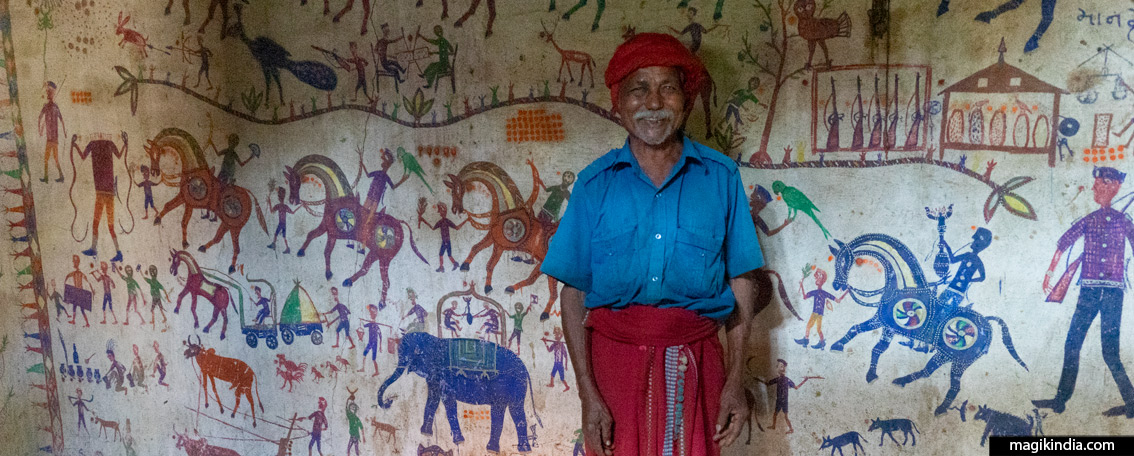
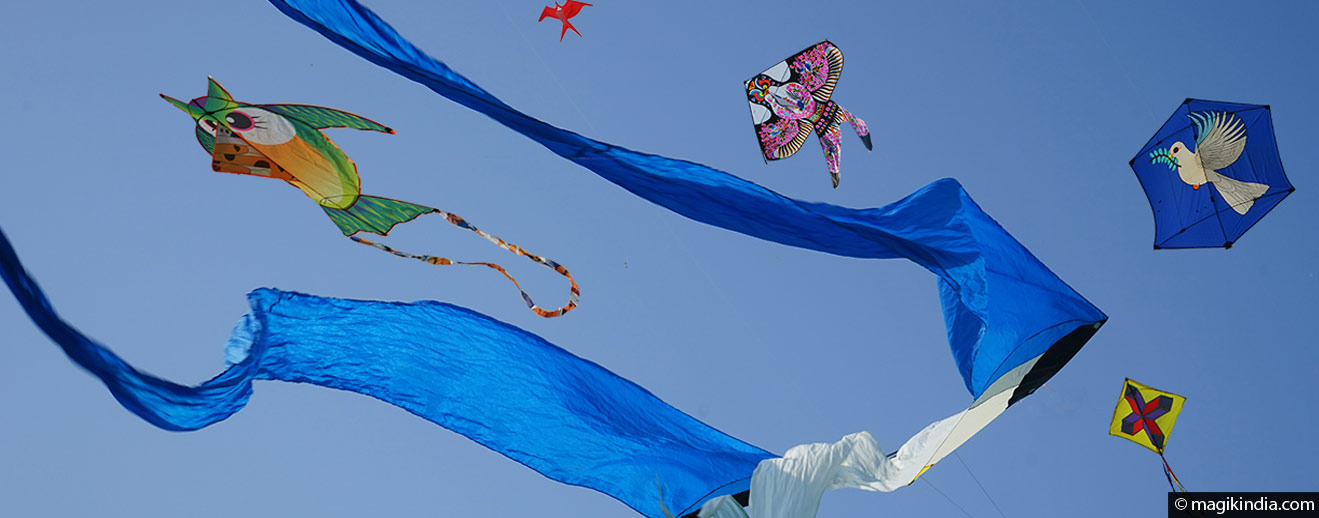
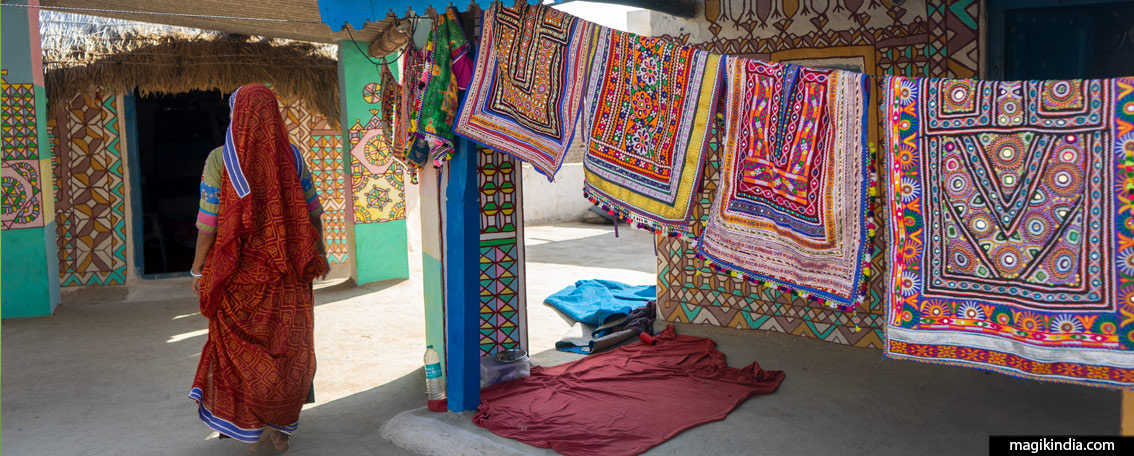
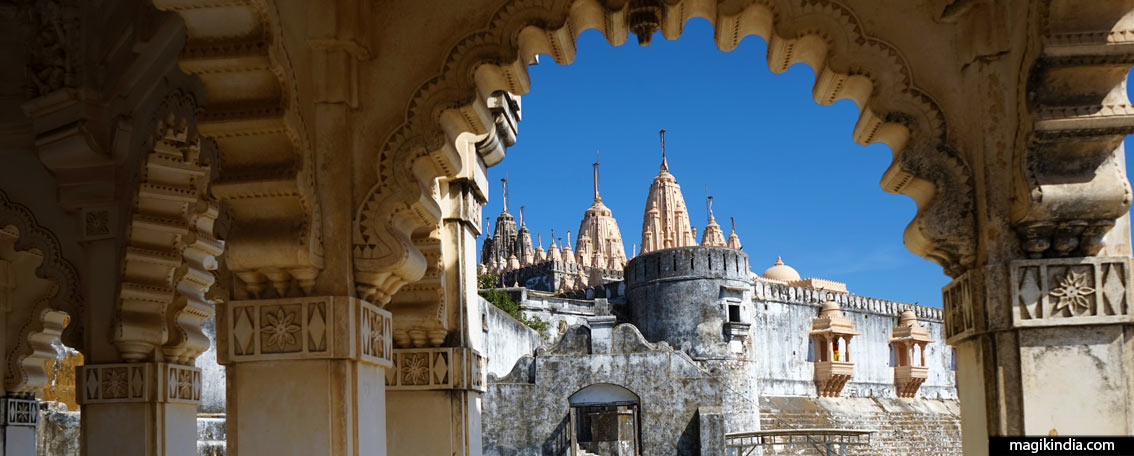
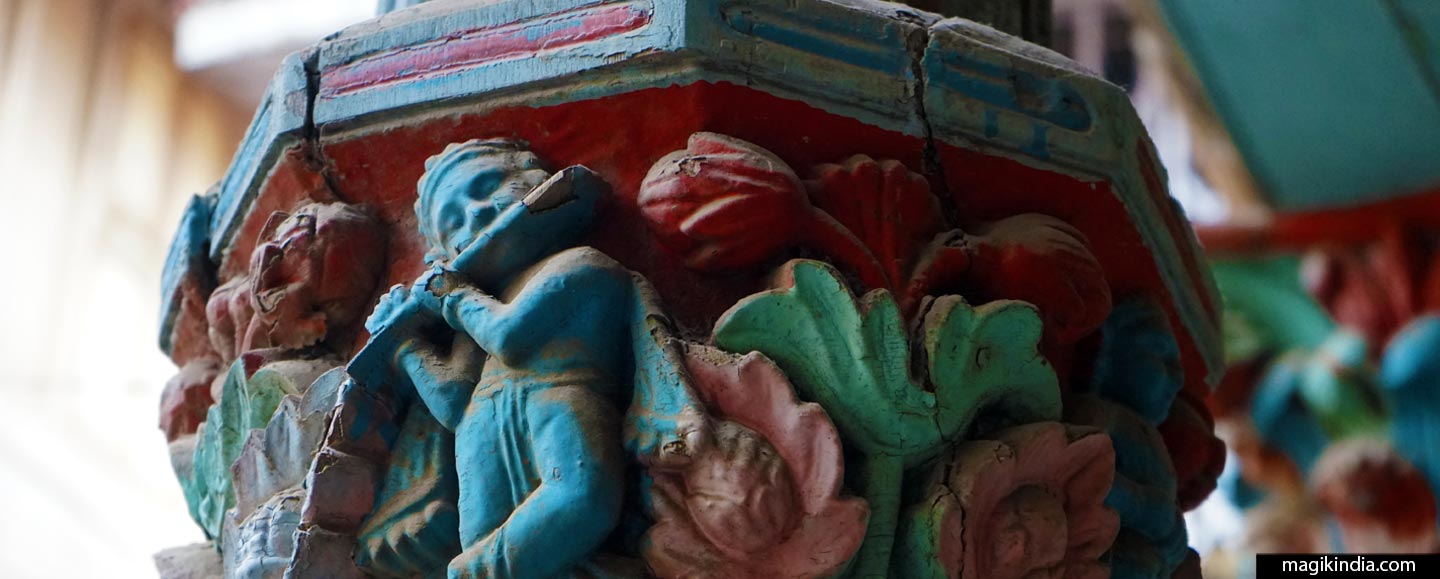
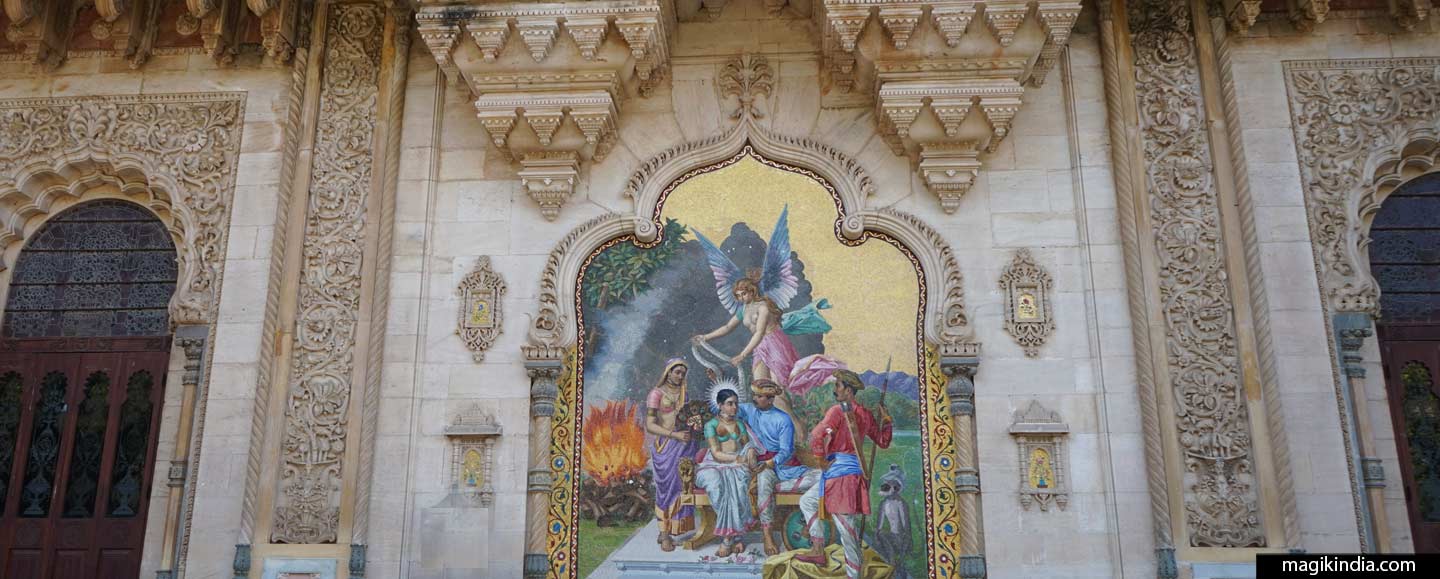
Deeply regret to correct you, please use word “attained Moksh” for Jain Tirthankar.
Corrected! Yes indeed it’s much accurate that way 🙂 Thanks for your concern. Mathini